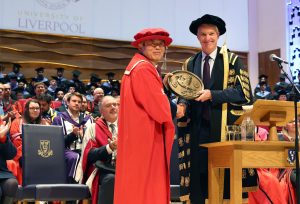08 Dec 2022
The ongoing Reading Jiangnan exhibition on the first floor of Design Building at Xi’an Jiaotong-Liverpool University shows architecture students’ capacity to research the historical built environment and traditional culture around our campus.
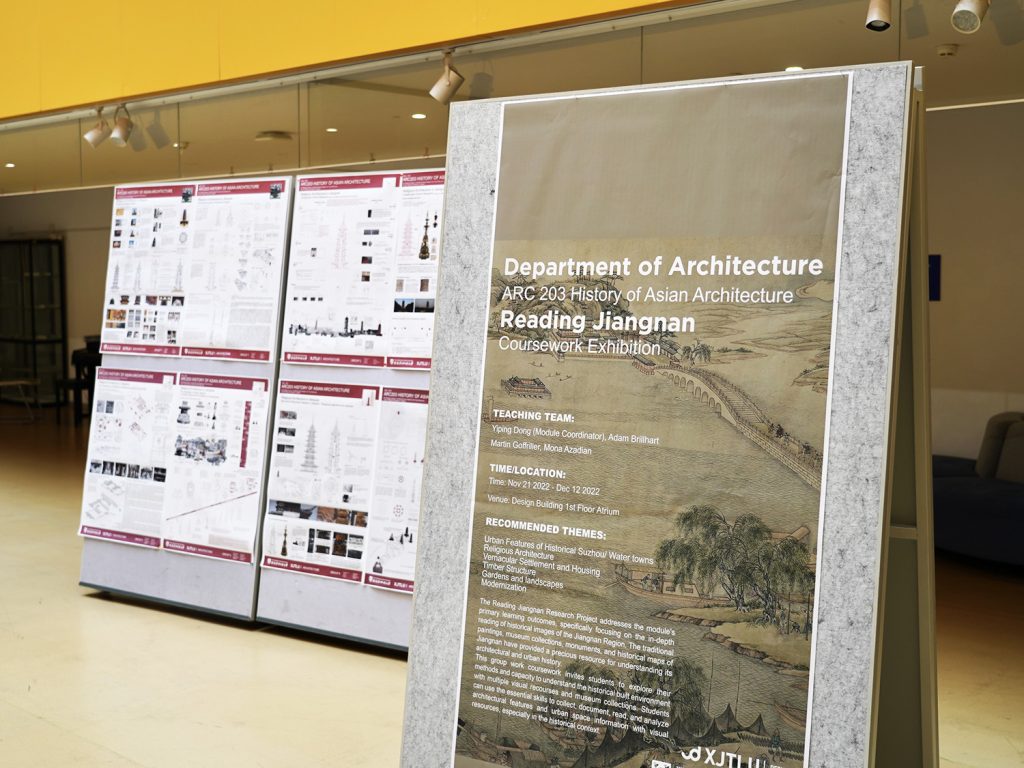
As the result of the coursework for the History of Asian Architecture module ARC203 entitled “Reading Jiangnan - Architectural History Research with Documentation and Visual Analysis”, students demonstrate the connection between the architecture and cultural background in Jiangnan Region.
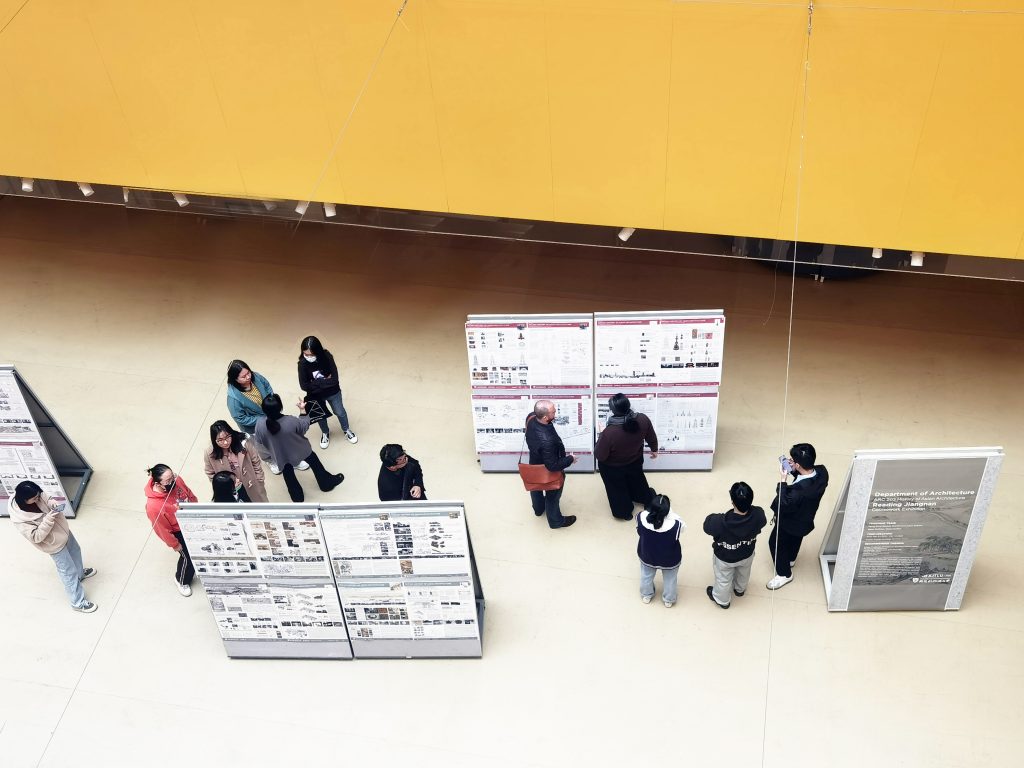
The Reading Jiangnan Research Project focuses on the in-depth reading of historical images such as traditional paintings, artifacts of museum collections, monuments, and historical maps, which are precious resources for understanding the architectural and urban history of the Jiangnan Region.
Buildings are evidence of the cultures that made them. They have multiple authors and are anticipated through documentation in various forms. The students were asked to provide evidence in the study of what the selected historical architectural cases are doing - based on what is written, in terms of aesthetic theories, and through direct experience.
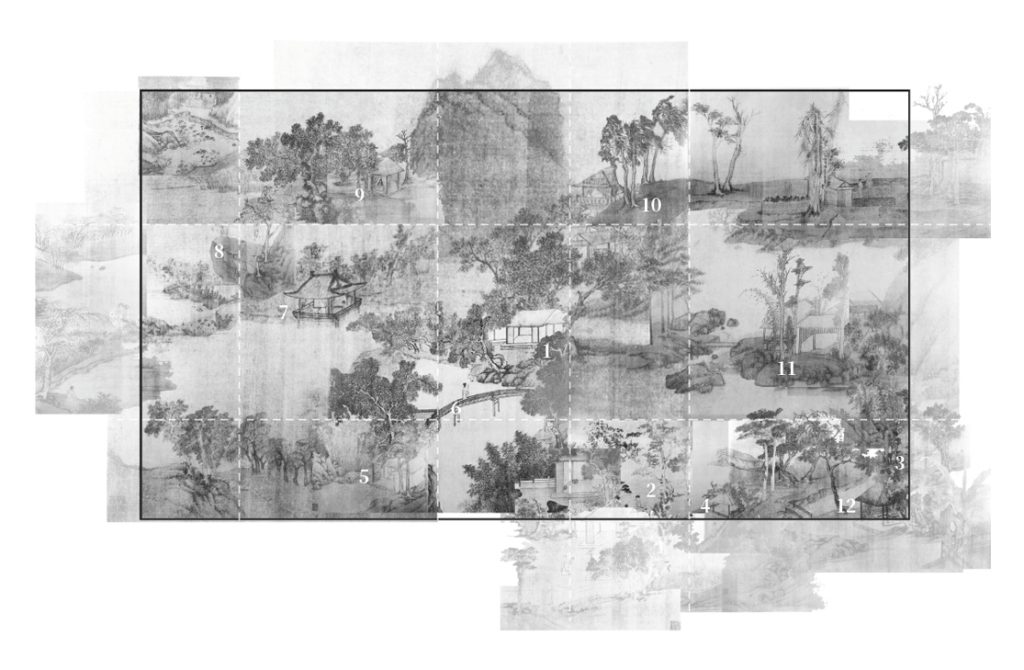
A Full View Of The Humble Administrator's Garden of The Ming Dynasty -
reproduced from Wen Zhengming's "Thirty-One Views of the Humble Administrator's Garden"
by Congruo Guan, Zichun Zhang, Jingwei Tian, and Yinuo Zhang
In the module, 129 students formed 33 groups under 4 tutors, focusing on areas within the Taihu Lake Basin under the themes including Urban Features of Historical Suzhou/ Water towns, Religious Architecture in Jiangnan, Vernacular Settlement and Housing in Jiangnan, Timber Structure in Jiangnan, Gardens and landscape in Jiangnan, and Modernization of Jiangnan.
Survey and documentation methods were introduced in the course which uses drawing and measurement to help students understand places from first-hand experience.
Working with drawing, photography, and film to demonstrate not only what it is like to be in the building, but what it is like to be the building, students developed a close reading and an ability to discuss the case studies at a variety of scales in terms of their architectural features and broader historical environment.
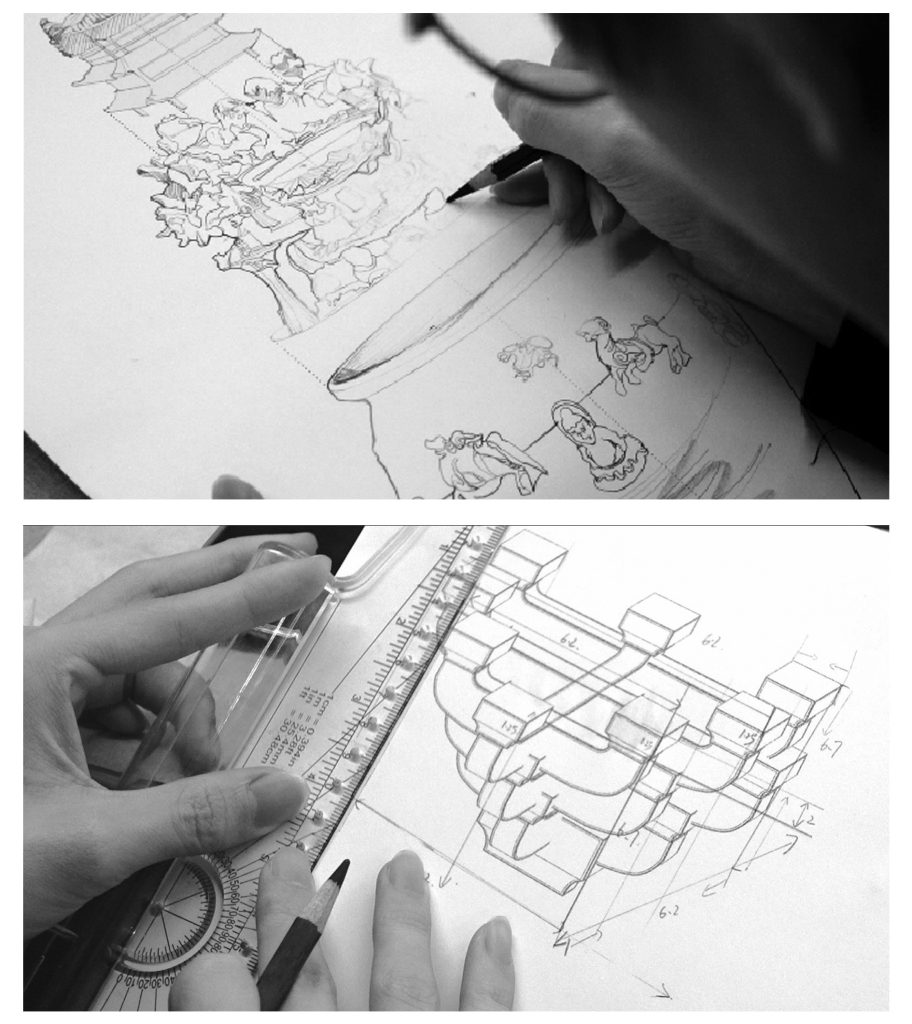
Analysis of the timber bracket set of the Southern Song Dynasty Leifeng Pagoda in Hangzhou
by Yuwen Wang, Ao Liu, Shuyang Li, and Jiawen Li
Furthermore, the artifacts of the museum collections provide a glimpse into an era, and allow students to recount the hidden histories and discover alternative historical perspectives.
These in turn allowed students to deepen their contextual understanding of built histories, to read the stories buildings contain as embodiments of cultures, and to construct their own historical narratives through research.
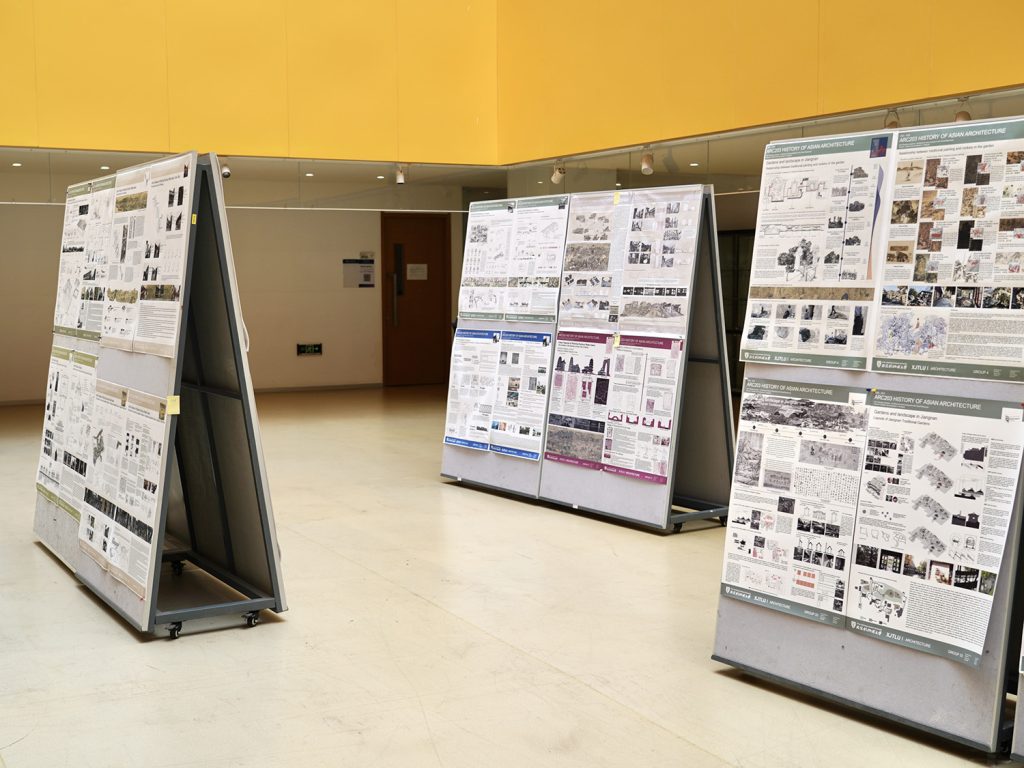
The exhibition is structured according to the six themes. Films created by the student groups expand the visual research and offer a view on these historical sites as experienced by the students.
Visitors of the exhibition are invited to continue in the interpretation, and join the discussion of Jiangnan culture by qualifying and comparing the visual historical data contributed by the students with their individual experience.
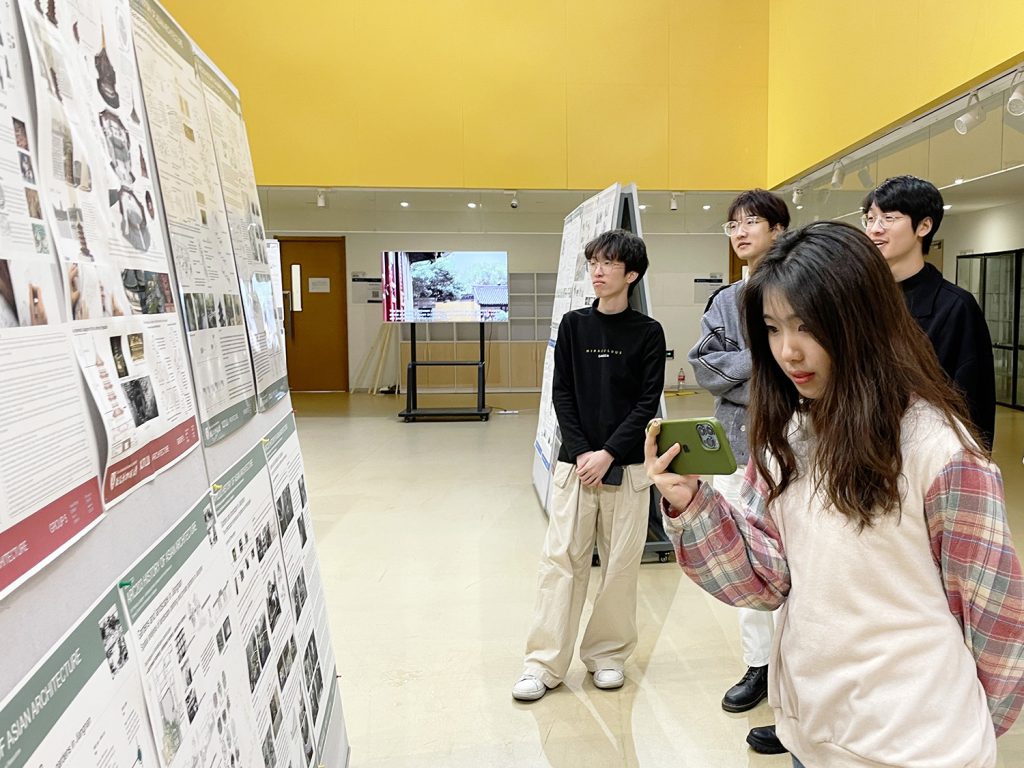
The teaching team of the module consists of Dr Yiping Dong (Module Coordinator), Dr Martin Gofriller, Mona Azadian, and Dr Adam Brillhart. The exhibition was set up by student assistants including Huanyue Gao, Jingyu Gou, Xinyi Ling, and Yang Qu.
Story provided by Department of Architecture
Edited by Yi Qian
Photos provided by Yi Qian and Department of Architecture
08 Dec 2022
